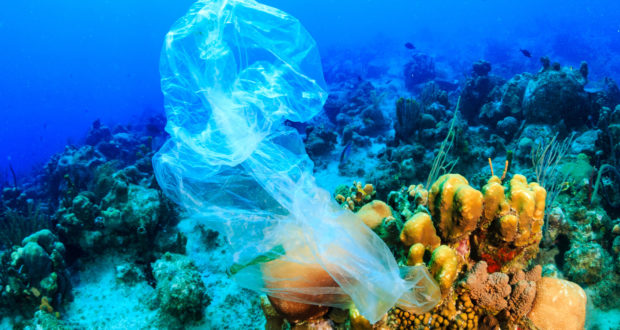A Look at Sea Pollution
Pollution is often thought of a problem that affects cities, forests and other large areas of land. Man-made pollution is not just confined to solid ground, however; sea pollution is likewise a major environmental issue.
Last Stop – the Arctic
A 2017 study has found that discarded plastic is steadily accumulating in the Arctic waters. Issued by an international team of researchers, this report identified two areas that have become reservoirs for floating plastic. These two areas are known as in the Barents and Greenland Seas, and receive their unwanted plastic gifts thanks to ocean currents.
A Plastic Problem
Sea-borne plastic pollution is a problem for multiple reasons. For starters, plastic has a magnetic-like pull on nearby chemicals. It can also prove highly harmful to seabirds and fish, who often mistake plastic waste for floating meals. Not only can these animals choke on plastic junk, but such items can occupy large sections of bird and fish stomachs, potentially leading to starvation.
Tons of Junk
So exactly how much plastic resides in the Barents/Greenland seas? According to the study authors, the answer is shocking – anywhere from 100 to 1200 tons of floating junk currently pollutes the Arctic ocean. Moreover, the problem appears to be getting worse; currents traveling between Scotland and Iceland deliver an estimated 20 tons of aquatic plastic on a yearly basis.
From the Laundry Room to the Ocean
Recent research found that sea pollution has an unexpected source – your closet. Specifically, microfibers from yoga pants, comfortably jackets and sweat-wicking athletic clothes have found their way into bodies of water across the United States.
The way in which these pollutants get to water is fairly straightforward. When placed in washing machines, synthetic clothes shed a significant number of microfibers, which are removed from the machine via wastewater systems. From these systems, microfibers are ushered into natural waterways, which in turn transport them into seas and other sizable bodies of water.
One person who has conducted research on this topic is Sarah Egner, director of research and curriculum development at MarineLab in Key Largo. Discovering large amounts of microfibers in near the Florida keys prompted her to make changes to her wardrobe. “I look in my closet, and I’m like, ‘Man, I’ve got a lot of synthetic material in here,'” stated Egner. “Look on your tags: If you have something that’s 100 percent cotton, you’re good right there. But generally, it’s a mix of things, which is not so good.”
 Natural Knowledge 24/7 Educate yourself with nutrition, health and fitness knowledge.
Natural Knowledge 24/7 Educate yourself with nutrition, health and fitness knowledge.






